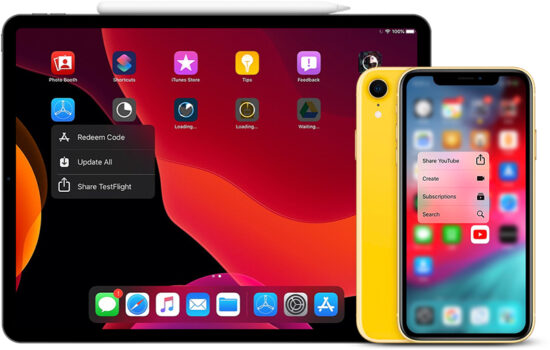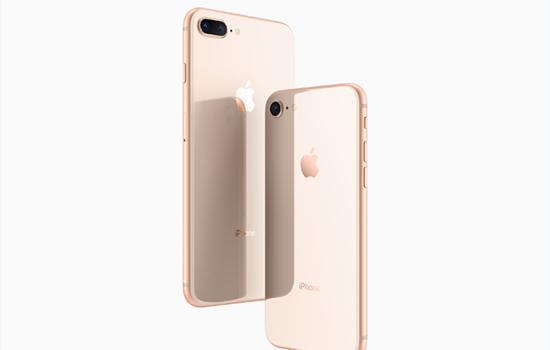As a result of the pandemic-related branch closures, more bank customers decided they prefer the ease of mobile banking, and data shows that this trend is likely to continue. Using mobile banking, you may access an abbreviated set of financial services that are made available via a mobile banking application. To undertake different banking operations such as cash transfers, checking passbook/account balances, making payments, booking tickets, and more, a client must first download the appropriate banking mobile application from their mobile device.
Is mobile banking a secure method of conducting business?
According to cybersecurity experts, mobile banking is both easy and safe, but users must take specific steps to keep their accounts protected. If you download the mobile app from a reputable retailer, it is just as safe as visiting a bank office on the same day.
A bank’s website, which has the appropriate link to the institution’s app, is the ideal location to start looking for an app to download. Banks employ incredibly safe, high-end encryption technology, and as a result, mobile applications are equivalent to carrying about a bank branch on your mobile device.
Cyberattack That Should Be Avoided
In order to directly target customers, fraudsters use a variety of tactics, but there are two types of hacks that stand out:
Attackers use unrelated software, such as games or tools to conceal Trojan horses, which are downloaded by naive users and installed on their computers. It is possible that these “sideload” apps, which are obtained from unapproved sources, may include harmful malware that remains dormant until the user uses a legal banking application. The Trojan then comes to life and creates a pop-up overlay that looks just like the bank’s login page, which is then deleted. Once customers submit their username and password, they are effortlessly sent to the official banking app login screen, and they are unaware that they have been duped into providing their information.
Another important issue is the use of fake financial applications. They are made to seem like legitimate banking applications, and they are intended to deceive users into providing their login information.
When it comes to security, which is more reliable: Internet banking or mobile banking?
Both online banking and mobile banking applications are risk-free to use since the bank has included a system that may aid in the detection of fraudulent activities or any other type of suspicious behavior. Aside from that, banks also notify their clients if they suspect that their account is being managed fraudulently by another authority. The passwords of mobile banking applications are difficult to break by an unknown third party; on the other hand, net banking can only be accessed if a user ID and password have been entered.
Whether you are on your PC to use online banking or on your mobile phone to use your bank’s mobile app, you can use a VPN to secure your network and double-check the privacy you desire to have. As a start, you need to know your IP using a quality PIA VPN, then mask your IP address and ensure your total privacy when logging in your credentials. In this way, you will be able to use mobile banking securely on your iPhone too!
Precautions Should Be Taken When Using a Mobile Banking Application on an iPhone
Some of the best practices to adopt for a more secure mobile banking application experience are listed below:
- You should never give out your login information to anyone.
- A secure network connection should be used whenever possible.
- Consequently, it is not recommended to disclose login credentials over the phone or by SMS because banks never ask for this information.
- In order for the smartphone to function properly, anti-virus software needs to be loaded.
- Activate notifications through email, text message, or the bank’s mobile application.
- Third-party websites or other promotional communications should never be used to get into your account!
- It is not suggested that you log into the mobile banking application using someone else’s smartphone.
- After using the mobile banking application, make sure you log out of it.
- Become more aware of phishing and spamming attacks made online regarding your emails, links sent, etc.
Pro Tip: Securing Online Banking on Your iPhoneÂ
”¢ The iPhone aims to balance security, privacy, and usability. Notifications and biometrics can help you complete tasks more quickly, but they can also allow others to do tasks more quickly. Consider deactivating all of your biometrics. Someone can’t pull you down, bind you, knock you out, then place your finger on the Touch ID sensor or hold the iPhone in front of your face after you’ve fallen asleep.
”¢ Go into settings, touch ID or face ID, and passcode if you’re worried about your security. Select Passcode Options from the drop-down menu under Change Passcode. Choose a six-digit numeric number or a custom alphanumeric code if possible. Four-digit pass numbers are just too easy to crack for a lousy actor.
”¢ If you want to go all out, go to Siri and disable the “Allow Siri When Locked” option. While your iPhone is locked, no one can use voice to access your data or use your applications. You’ll still be able to swiftly and efficiently shoot photographs and videos, as well as answer calls, but everything else will need you to unlock your iPhone first.








